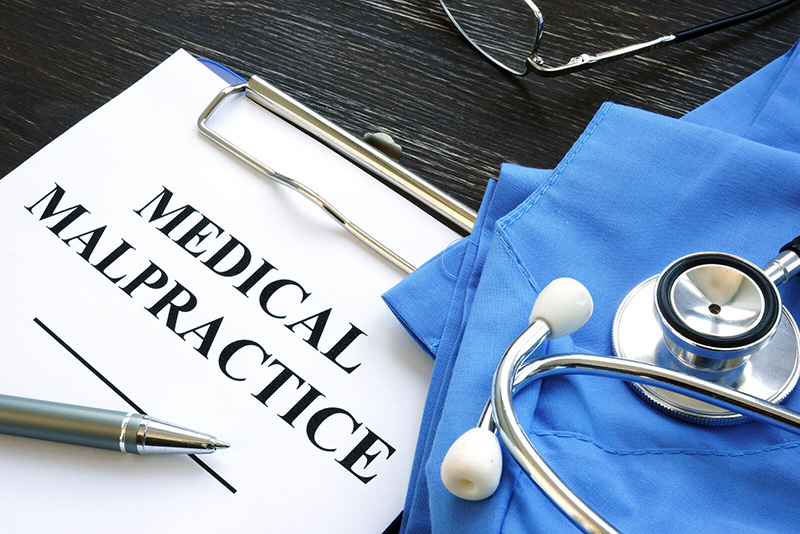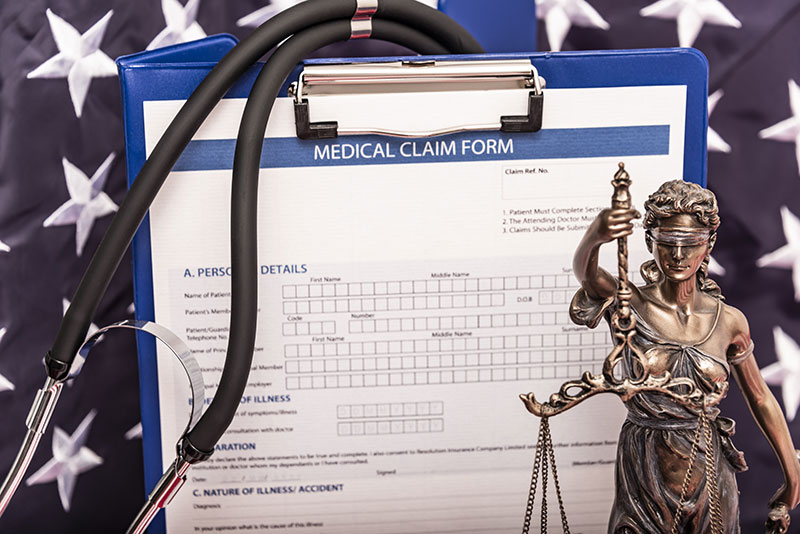To prove that medical malpractice occurred, lawyers have to establish that a physician-patient relationship existed; that the doctor was negligent and caused harm to the claimant in a way that a competent doctor, under the same circumstances, would not have; it was the doctor’s negligence that caused the injury; the injury led to specific damages such as physical pain, mental stress, additional medical bills, and lost earning capacity. Professional companies providing medical record review services assist medical malpractice attorneys to identify the strengths and weaknesses of the case they’re handling.
Key elements to prove in a medical malpractice case include:
- Duty of care – the accused provider must have owed a duty of care to the patient
- Breach of duty – the physician must have violated his/her duty to the patient
- Causation – the breach of duty was directly responsible for the injury
- Damages – the injury must have caused economic or non-economic damages
Common Reasons for Medical Malpractice Lawsuits
Diagnosis Errors
Failing to diagnose the correct illness or delayed diagnosis are major types of malpractice, which prevents the patient from receiving the necessary treatment. The provider may incorrectly state that the patient has no evident illness, or may even diagnose a condition that the patient does not have. Incorrect diagnoses are considered as malpractice, if the provider has not done what other doctors would do in a similar situation and as a result, the patient was harmed. In delayed diagnosis, the patient’s condition can become worse, as he/she did not receive the necessary treatment on time.
To prove such a claim, attorneys may have to submit expert testimony from a doctor who explains the effect of the misdiagnosis or delayed diagnosis on the patient’s health and make it clear why a skilled doctor treating a similar patient would have correctly diagnosed the condition.
Surgical Errors
Operation done on the wrong patient or accidentally leaving medical instruments or sponges inside a patient after surgery are major malpractices that occur during surgical procedures. As the negligence is obvious, expert testimony is not necessary. Mistakes caused by an anesthesiologist such as providing the wrong amount of anesthesia, not monitoring the patient’s essential signs while administering anesthesia, not reviewing a patient’s records for possible risk factors, or using a defective equipment to administer anesthesia can also lead to serious harms including brain injuries or even death. Lawyers may have to request and collect related medical records to prove that the surgical or anesthesia errors directly resulted in medical complications, pain and suffering or death of the claimants.
Medication Errors
Wrong prescription or treatment can cause serious injury or illness. Errors in medication are one of the most common reasons for medical malpractice. It can occur in many ways such as – any mistake on the initial prescription, inappropriate administration of a drug, wrong dosage or not taking notice of any potentially destructive drug interaction. Such errors can occur at any number of different stages in the treatment process. Parties responsible for medication errors include not only doctors or other medical professionals, but also drug manufacturers or pharmacists.
To prove this, lawyers need to establish that the healthcare provider failed to provide the standard level of care, and that the provision of that sub-standard care was the actual cause of the harm.
Medication Misuse Risky for Patients in Nursing Homes
Birth Injuries
Birth injury malpractice can occur during childbirth, when gynecologists, obstetricians, or other medical professionals involved in the childbirth process fail to meet the professional standard of care. Birth injuries often result in the need for lifelong medical care, which can cost even millions of dollars. At times, inadequate treatment or poor care prior to childbirth can also cause harm to the mother and the child.
Evidence necessary to prove a birth injury case include medical records that detail the mother’s treatment during pregnancy and delivery, the infant’s birth injury and subsequent care, employment records for the doctor in the lawsuit, expert testimony from pediatricians, obstetricians, nurses, anesthesiologists and other experts and eyewitness testimony from medical professionals who assisted the delivery.
Birth Injury Medical Malpractice – Some Key Points
A customized medical record review process by experienced medical reviewers will ensure that any missing details in the chart are identified and attorneys can receive a complete medical record for evaluation purposes.
Four Key Elements to Prove Medical Negligence or Malpractice
Key Documents That Lawyers Needed to File A Medical Malpractice Claim
Disclaimer: The content in this blog is sourced from reliable internet resources and is meant for informative purposes only. For a professional opinion on this topic, please consult a medical malpractice attorney.




